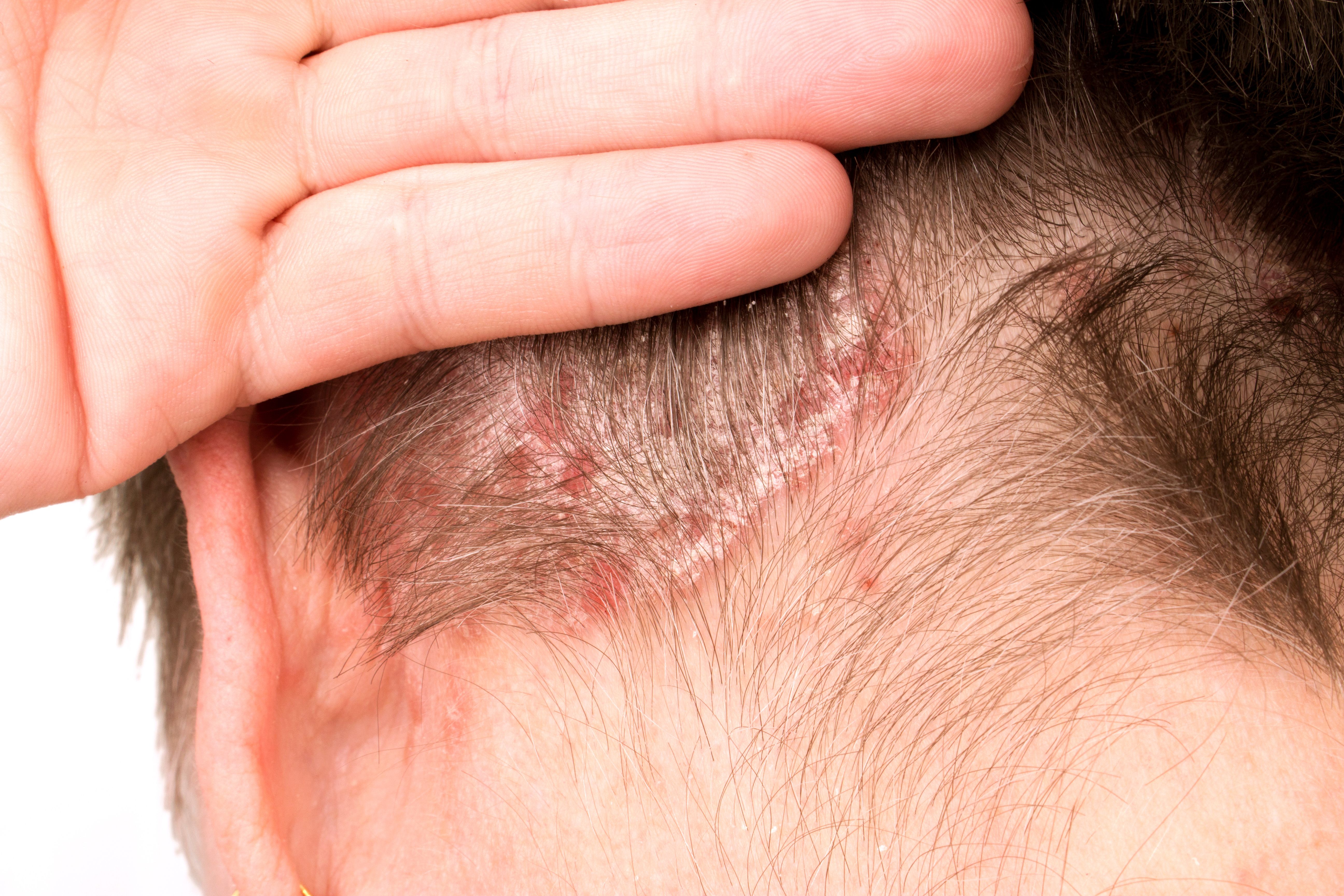Article
Study Summary: Switching From Oral Bisphosphonates to Denosumab or Zoledronic Acid in Women With Postmenopausal Osteoporosis
Background
Oral bisphosphonates are among the most frequently used medications for the treatment of osteoporosis. However, poor adherence to these medications due to dosing requirements and associated adverse events (AEs) can lead to reduced efficacy and increased healthcare costs.1
Alternative bisphosphonate regimens including intravenous zoledronic acid (ZOL) are now available. ZOL reduces the risk of fractures in postmenopausal women with osteoporosis with a convenient once-a-year dosing schedule. For women who cycle from one bisphosphonate to another, the potential clinical benefits remain unknown.1
Denosumab, a human monoclonal antibody, is a novel therapy for postmenopausal osteoporosis that is administered subcutaneously every 6 months. Studies have shown that denosumab significantly improves bone turnover markers (BTMs), bone mineral density (BMD), and fracture risk in women with osteoporosis. Furthermore, in patients who previously received oral bisphosphonates, denosumab has demonstrated greater BMD increases compared with either continuation of alendronate therapy or initiation of ibandronate or risedronate.1
In this study, Miller and colleagues compared the efficacy and safety of switching from oral bisphosphonates to either denosumab or ZOL.1
Study Design
The researchers conducted an international, multicenter, double-blind, double-dummy, randomized, active-controlled trial. Patients included in this study were postmenopausal women 55 years or older treated with oral bisphosphonate therapy for at least 2 years. In addition, patients had a T-score of —2.5 or less at the lumbar spine, total hip, or femoral neck; and baseline serum collagen type 1 C-telopeptide (CTX) of 500 pg/mL or less.1
Women who had previously taken denosumab or ZOL were excluded from the study, as were those who had taken any of the following: fluoride, strontium ranelate, or an intravenous (IV) bisphosphonate other than ZOL within the past 5 years; parathyroid hormone (PTH) or PTH derivatives within the past year; or other bone-active drugs in the 3 months prior to screening. In this 12-month double-blind study, patients were randomized 1:1 to receive either subcutaneous denosumab (60 mg) every 6 months plus IV placebo once or IV ZOL (5 mg) once plus subcutaneous (SC) placebo every 6 months. The women in both groups also received daily calcium and vitamin D supplements.1
The study’s primary end point was the change from baseline in BMD of the lumbar spine at month 12. Additional end points included the change from baseline in BMD of the total hip, femoral neck, and one-third radius at month 12. The serum levels of the BTMs, CTX and procollagen type 1 N-terminal propeptide (P1NP), were also examined at different time points during the study.1
Results
The study included a total of 643 postmenopausal women, with 321 patients randomized to receive denosumab (60 mg) every 6 months plus IV placebo once and 322 patients to receive ZOL (5 mg) once plus SC placebo every 6 months. The baseline features were similar among women in both treatment groups (Table 1).1 Patients had a median age of approximately 69 years and had previously taken oral bisphosphonates for a median of 6.3 years. Approximately 37.5% of women had a history of previous osteoporotic fracture.1
The researchers reported that denosumab treatment was superior to ZOL in improving BMD and bone remodeling at various skeletal locations in women with postmenopausal osteoporosis who had previously received oral bisphosphonates.1
With regard to the primary end point, denosumab treatment led to a significantly greater change from baseline in lumbar spine BMD at month 12 compared with ZOL treatment (3.2% vs 1.1%; P <.0001) (Table 2).1
Denosumab treatment also demonstrated significant increases in BMD compared with ZOL treatment at month 12 in total hip (1.9% vs 0.6%; P <.0001), femoral neck (1.2% vs —0.1%; P <.0001), and one-third radius (0.6% vs 0.0%; P = .018) (Table 2).1
Additionally, improvements in BTMs were greater in patients receiving denosumab compared with patients receiving ZOL. This was highlighted by significantly greater percentage decreases from baseline in the levels of serum CTX at all study time points after day 10 (P <.01), and of serum P1NP at month 1 (P <.05) and at all time points after month 3 (P <.01).1
The rates of AEs were similar in both treatment groups, with serious AEs occurring in 7.8% of the denosumab group and 9.1% of the ZOL group. One death was reported during the study of a 79-year-old woman treated with ZOL. She developed sepsis and multiorgan failure after experiencing a fall and complications from a Clostridium difficile infection. However, the investigators did not consider this event to be treatment-related.1
Atypical femoral fracture, adjudication based on criteria of the American Society for Bone and Mineral Research, was observed in 2 patients in the denosumab group and 1 patient in the ZOL group. No cases of osteonecrosis of the jaw, hypocalcemia, or fracture healing complications were reported in either group. Although osteoporosis-related fractures occurred more frequently in the ZOL group (n = 15) than in the denosumab group (n = 7), the researchers note that the study was not sufficiently powered to assess differences in fracture incidence between the groups.1
Conclusion
The findings of this double-blind, double-dummy, randomized trial demonstrated that denosumab treatment results in greater improvements in BMD and bone remodeling compared with ZOL treatment in postmenopausal women who have previously received oral bisphosphonates.1
According to Miller and colleagues, strengths of the study are its large sample size and application to clinical practice in which many women with osteoporosis switch treatments. However, they also acknowledge that the study was limited by its short-term follow-up.
Consistent with results from previous trials, denosumab proved to be well tolerated and demonstrated improved efficacy in increasing BMD at all sites evaluated. Researchers suggest that the improvement may be due to the ability of denosumab to inhibit bone resorption throughout the entirety of the dosing interval.1
Reference
- Miller PD, Pannacciulli N, Brown JP, et al. Denosumab or zoledronic acid in postmenopausal women with osteoporosis previously treated with oral bisphosphonates. J Clin Endocrinol Metab. 2016;101(8):3163-3170. doi: 10.1210/jc.2016-180





